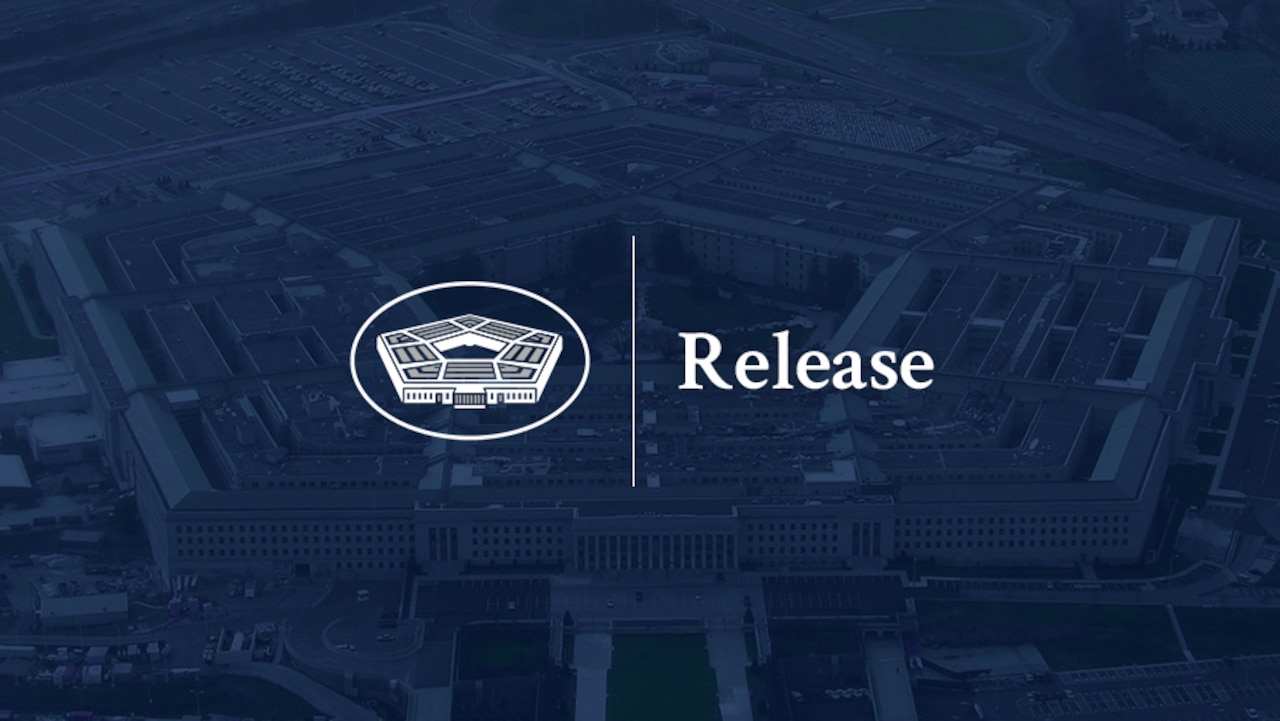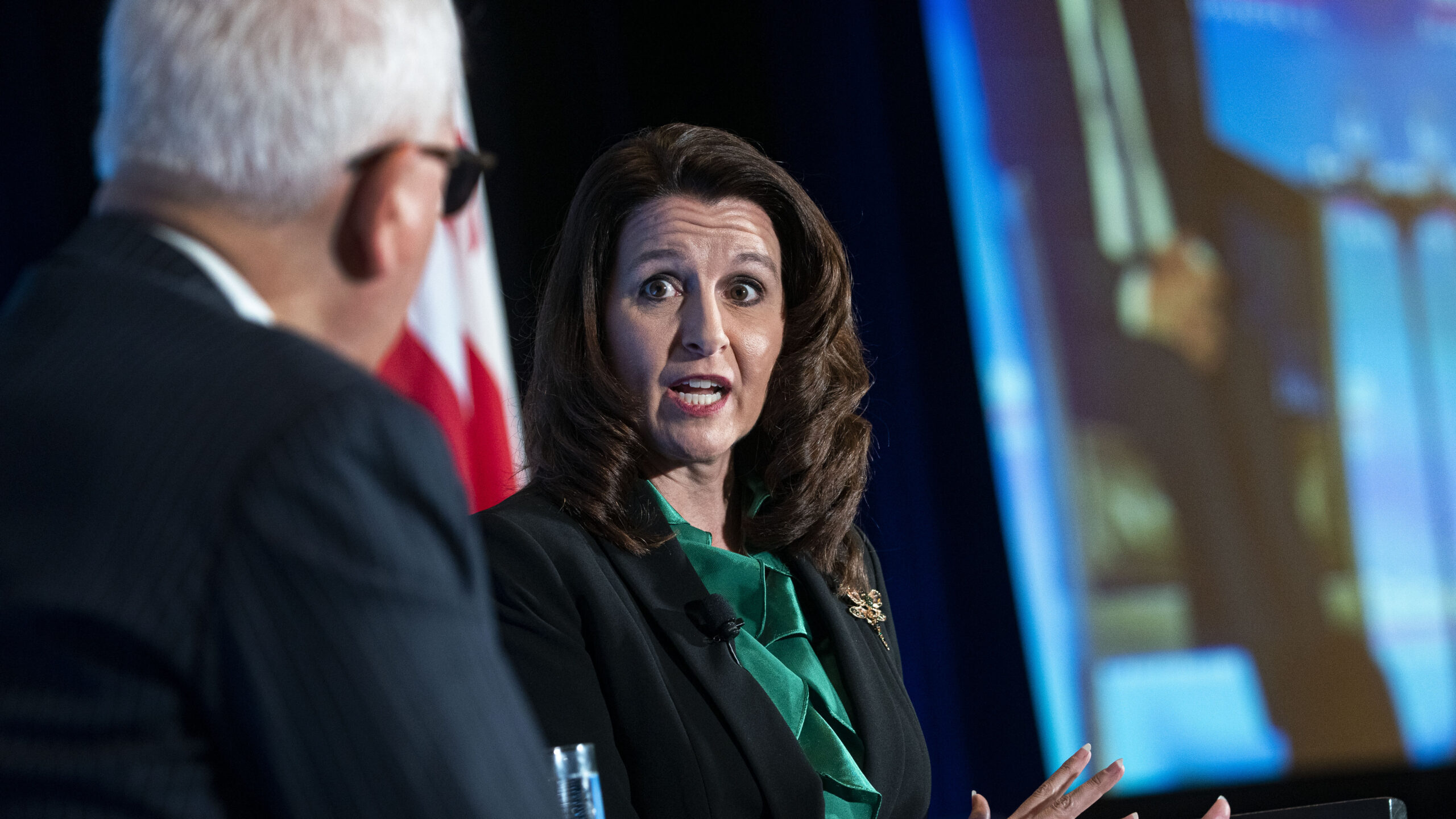Latest Thread
You are using an out of date browser. It may not display this or other websites correctly.
You should upgrade or use an alternative browser.
You should upgrade or use an alternative browser.
Combat-Master
Baklava Consumer
B21 Raider Rollout Livestream
Kedikesenfare
Well-known member
What's so special about this aircraft? It's undetectable, right?
I am more fucking depressed that the Russians are actually serious about the PAK-DA project when I think the Su-70 is as efficient to get the job done. What's next does Turkey or China plan to have their own bomber projects to?
I am more fucking depressed that the Russians are actually serious about the PAK-DA project when I think the Su-70 is as efficient to get the job done. What's next does Turkey or China plan to have their own bomber projects to?
I wish Turkiye had bombers and ac130 like gunships.
But I doubt it will ever happen because they are expensive.
Would the usa even sell any B21 or B2s to Australia. Im wondering about that.
France, Britain is still screwing around with their stealth UCAVs, I am sure Turkey can develop a similar project but actually give their UCAV bombs and missiles and make it a little bigger and actually set a production date for those stealth bomber drones. I heard the B-21s cost like 550 million dollars to make so they will probably charge other countries more which is probably not worth it maybe. No idea if they are exporting it.I wish Turkiye had bombers and ac130 like gunships.
But I doubt it will ever happen because they are expensive.
Would the usa even sell any B21 or B2s to Australia. Im wondering about that.
France, Britain is still screwing around with their stealth UCAVs, I am sure Turkey can develop a similar project but actually give their UCAV bombs and missiles and make it a little bigger and actually set a production date for those stealth bomber drones. I heard the B-21s cost like 550 million dollars to make so they will probably charge other countries more which is probably not worth it maybe. No idea if they are exporting it.
No chance of buying that in Australia. Nuclear submarines has already pissed off most of the public now imagine stealth bombers.
I think the USA will not sell them but set up a joint base in Australia where the B21s and B2s will be present.
Last edited:
RELEASE
IMMEDIATE RELEASE
Pentagon Press Secretary Brig. Gen. Pat Ryder provided the following statement:
Secretary of Defense Lloyd J. Austin III will travel to Palmdale and Simi Valley, California, Dec. 2-3. In Palmdale, he will deliver remarks Dec. 2 at the U.S. Air Force B-21 Raider unveiling ceremony. During the event, the Secretary will highlight the nation’s ability to bring the military and industry together to innovate, adapt, and deliver technology like the B-21 to deter threats and strengthen national security. Additionally, Secretary Austin will underscore the B-21’s role in providing flexible, conventional and nuclear capabilities in support of the National Defense Strategy.
From there, Secretary Austin will travel to Simi Valley where he will participate in a letter-of-intent signing with U.S. Small Business Administration (SBA) Administrator Isabella Casillas Guzman, partnering SBA and DoD’s newly-established Office of Strategic Capital. Later in the day, he will deliver a keynote address at the Reagan National Defense Forum. Secretary Austin’s keynote remarks will focus on Department of Defense top-level priorities and how the DoD is advancing the National Defense Strategy through integrated deterrence, campaigning, and actions that build enduring advantages.

IMMEDIATE RELEASE
Secretary of Defense Travels to B-21 Raider Unveiling, Reagan National Defense Forum
Dec. 1, 2022 |Pentagon Press Secretary Brig. Gen. Pat Ryder provided the following statement:
Secretary of Defense Lloyd J. Austin III will travel to Palmdale and Simi Valley, California, Dec. 2-3. In Palmdale, he will deliver remarks Dec. 2 at the U.S. Air Force B-21 Raider unveiling ceremony. During the event, the Secretary will highlight the nation’s ability to bring the military and industry together to innovate, adapt, and deliver technology like the B-21 to deter threats and strengthen national security. Additionally, Secretary Austin will underscore the B-21’s role in providing flexible, conventional and nuclear capabilities in support of the National Defense Strategy.
From there, Secretary Austin will travel to Simi Valley where he will participate in a letter-of-intent signing with U.S. Small Business Administration (SBA) Administrator Isabella Casillas Guzman, partnering SBA and DoD’s newly-established Office of Strategic Capital. Later in the day, he will deliver a keynote address at the Reagan National Defense Forum. Secretary Austin’s keynote remarks will focus on Department of Defense top-level priorities and how the DoD is advancing the National Defense Strategy through integrated deterrence, campaigning, and actions that build enduring advantages.
Secretary of Defense Travels to B-21 Raider Unveiling, Reagan National Defense Forum
During the event, Secretary of Defense Lloyd J. Austin III will highlight the nation's ability to bring the military and industry together to innovate, adapt and deliver technology like the Air Force
www.defense.gov
Ahead of B-21 Raider reveal, Northrop CEO touts tech you won’t see
“When people see the exterior of the B-21, it will be very similar to the B-2,” Kathy Warden said in an interview with Breaking Defense. “The real differences are inside of the platform."
By VALERIE INSINNAon December 02, 2022 at 5:00 AM
Kathy Warden, president and chief executive officer of Northrop Grumman Corp., speaks during an interview at an Economic Club of Washington event in Washington, D.C., U.S., on Wednesday, May 4, 2022. (Al Drago/Bloomberg via Getty Images)
PALMDALE, Calif. — Tonight’s roll out of the Air Force’s newest stealth bomber, the B-21 Raider, has been a long-awaited event for military observers and aviation geeks around the globe eager for any sneak peek at the highly classified aircraft designed to usher in a new era of long range precision strike.
About 600 people scored a “golden ticket” to the ceremony to watch in person as the B-21 is finally unveiled and towed (at least partially) out of its hangar to be viewed by the public for the first time. That list of lucky attendees includes Defense Secretary Lloyd Austin, Air Force Secretary Frank Kendall, and an array of House and Senate lawmakers.
And while the event is sure to be full of pomp and circumstance, big questions remain: Exactly how much of the B-21 will prime contractor Northrop Grumman reveal? And, as importantly, will it be more than meets the eye anyway?
“When people see the exterior of the B-21, it will be very similar to the B-2,” said Northrop CEO Kathy Warden in an interview with Breaking Defense. “The real differences are inside of the platform, because you can think about how much digital technology has progressed since the time we built the B-2 and the time we built the B-21.”
Warden said the B-21’s capability is “significantly greater on all the requirements that the Air Force had around stealth — meaning low observability — [and] the range of the platform.”
“But there also is a more modern approach to the open systems architecture of the B-21 that will make it easier to upgrade over time and ways that we’ve manufactured the B-21 compared to the B-2 that will also make it far more sustainable in terms of the exterior and the hardware of the platform,” she said.
Warden called the roll out “a momentous occasion” that will finally give the 8,000 people working on the program — which spans 400 suppliers in 40 states — a chance to show Americans what their tax dollars have been paying for. (The Air Force projects the average procurement unit cost of the B-21 to be $692 million in 2022 dollars per aircraft, a sum that includes the bomber itself as well as training, spares and support equipment.)
“It’s really a way to recognize the thousands of people who have been working on the program from the Air Force, from Northrop Grumman, from our key suppliers, who during the pandemic really did sacrifice a good deal to come to our factory and keep program on track,” she said.
But it’s also a risk to exhibit one of the world’s most advanced stealth aircraft publicly — a lesson Northrop learned the hard way when it rolled out the B-2 on Nov. 22, 1988. That’s when legendary Aviation Week reporter Michael Dornheim flew a Cessna 172 over Northrop’s production facilities in Palmdale, capturing overhead photos of the B-2 that revealed important advances in stealth technology.
Northrop has been planning the B-21 rollout for months, and security will be of the utmost concern during today’s festivities. Attendees have been given strict guidance that prohibits taking smartphones into the event or shooting video during the ceremony. The B-21 will only be permitted to be photographed from a raised platform with cameras that meet lens requirements.
Although the Air Force acknowledges the existence of the B-21, the overwhelming majority of details about the classified program — including detailed cost data and information about the Raider’s new capabilities — have been kept secret in the hopes of preventing China or Russia from gaining an edge against the new bomber. Currently, the only images available of the aircraft are digital renderings that depict the B-21 as a triangular flying wing very similar in appearance to the B-2, with few distinguishing features apparent in the illustrations.
The Air Force plans on buying at least 100 B-21s over the lifespan of the program. The Air Force requested $5 billion for B-21 in fiscal 2023, including $1.7 billion in procurement funding. However, the service will not disclose how many bombers that will buy.
Northrop currently has six Raiders in production at its facilities at Air Force Plant 42 in Palmdale. The B-21 that will be featured in today’s ceremony is the first test article, which is currently moving through ground tests and is slated to fly sometime next year, Warden said.
Northrop has touted the B-21 as the “world’s first sixth-generation aircraft” created using agile software development and digital engineering practices that allow it to model the design and sustainment of the aircraft with higher level of precision, which makes it easier for its suppliers to repeatedly produce parts that meet strict technical specifications, Warden said.
“Then when we get parts in from them, we are seeing the aircraft come together much more smoothly than we did on the B-2,” she said. “That level of integration with our suppliers has helped reduce risks in the development of this program. And that applies to the test articles that are in production today … but will also apply as we transition into production going forward.”

Ahead of B-21 Raider reveal, Northrop CEO touts tech you won't see - Breaking Defense
“When people see the exterior of the B-21, it will be very similar to the B-2,” Kathy Warden said in an interview with Breaking Defense. “The real differences are inside of the platform."
Combat-Master
Baklava Consumer
Apparently an image has leaked

in 5 hourswhennnn...
30 min don't die...








